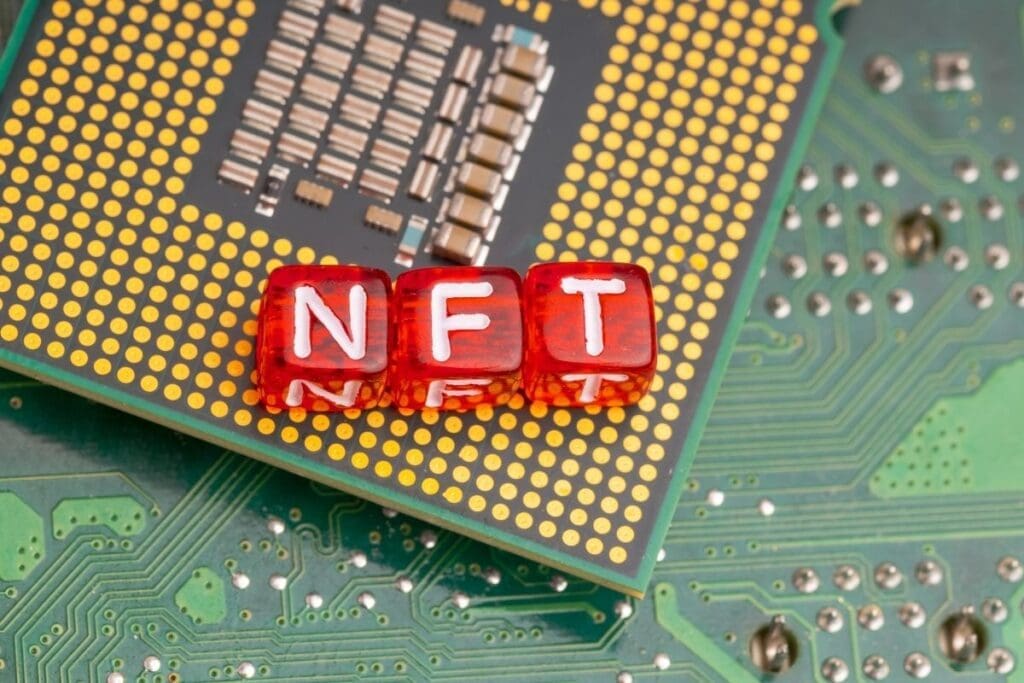The world of Non-Fungible Tokens (NFTs) is a rapidly evolving space that offers a plethora of opportunities for artists, collectors, and investors. However, amidst this growth, the issue of “Copy Cat” NFTs has emerged, posing challenges for the ecosystem. In this comprehensive guide, we will delve into what “Copy Cat” means in the NFT realm, why it is problematic, and how you can safeguard yourself from falling prey to such scams. Our aim is to simplify this concept for everyone to understand.
What Are NFTs?
Before we delve into the intricacies of the “Copy Cat” phenomenon, let’s first understand the basics of NFTs. Non-Fungible Tokens, or NFTs, are unique digital assets residing on a blockchain. Unlike traditional cryptocurrencies such as Bitcoin or Ethereum, which are fungible, each NFT is distinct, representing something unique like digital art, music, or virtual real estate. Each NFT comes with its specific ownership and cannot be swapped on a one-to-one basis like regular currency.
What Does “Copy Cat” Mean in NFTs?

In a broad sense, “copycat” refers to imitating or replicating another person’s work or idea. In the context of NFTs, a “Copy Cat” is an NFT that mimics or duplicates an original NFT, often with the aim of deceiving buyers or diminishing the value of the original artwork. While the blockchain ensures authenticity, it doesn’t deter malicious actors from creating near-identical copies and passing them off as legitimate NFTs, particularly to unsuspecting purchasers.
Common Types of Copy Cat NFTs:
1. Exact Duplicates: These are NFTs that are carbon copies of the original, using the same artwork, metadata, and file names, albeit minted by someone other than the original artist.
2. Slight Alterations: Some “Copy Cats” make minor adjustments to the original artwork or metadata, such as changing colors or adding small elements, to create the appearance of uniqueness while still being based on someone else’s creation.
3. Impersonation of Artists: In certain instances, scammers may impersonate the original artist, using identical or similar names and branding to market their counterfeit NFTs as authentic.
Why Are Copy Cat NFTs Problematic?

There are several reasons why Copy Cat NFTs present significant challenges within the NFT ecosystem:
1. Undermines Originality
The essence of NFTs lies in providing verifiable ownership of original digital assets. Copy Cat NFTs undermine this by diluting the uniqueness of the original work, making it challenging for buyers to differentiate between real and fake pieces.
2. Hurts the Artist
Artists suffer financial losses when Copy Cat NFTs are sold, as they are not compensated for their intellectual property. Additionally, the presence of replicas can tarnish the artist’s reputation, leading to buyer confusion about the authenticity of their works.
3. Buyer Deception
Buyers, particularly those new to the NFT space, may lack the expertise or tools to identify a Copy Cat NFT. They may unwittingly purchase a fake NFT, believing it to be original, only to discover its negligible value later on.
4. Market Devaluation
As Copy Cat NFTs inundate the market, the overall value of NFTs can be compromised. If collectors lose trust in the system due to rampant plagiarism, it could dissuade new entrants from participating in the space, leading to reduced demand and prices.
How to Spot a Copy Cat NFT
 Source link
Source link 
















:max_bytes(150000):strip_icc()/Health-Pumpkin-Seeds-vs-Hemp-Seeds-template-b61edde9014840988cd823b771771bce.jpg?w=120&resize=120,86&ssl=1)

